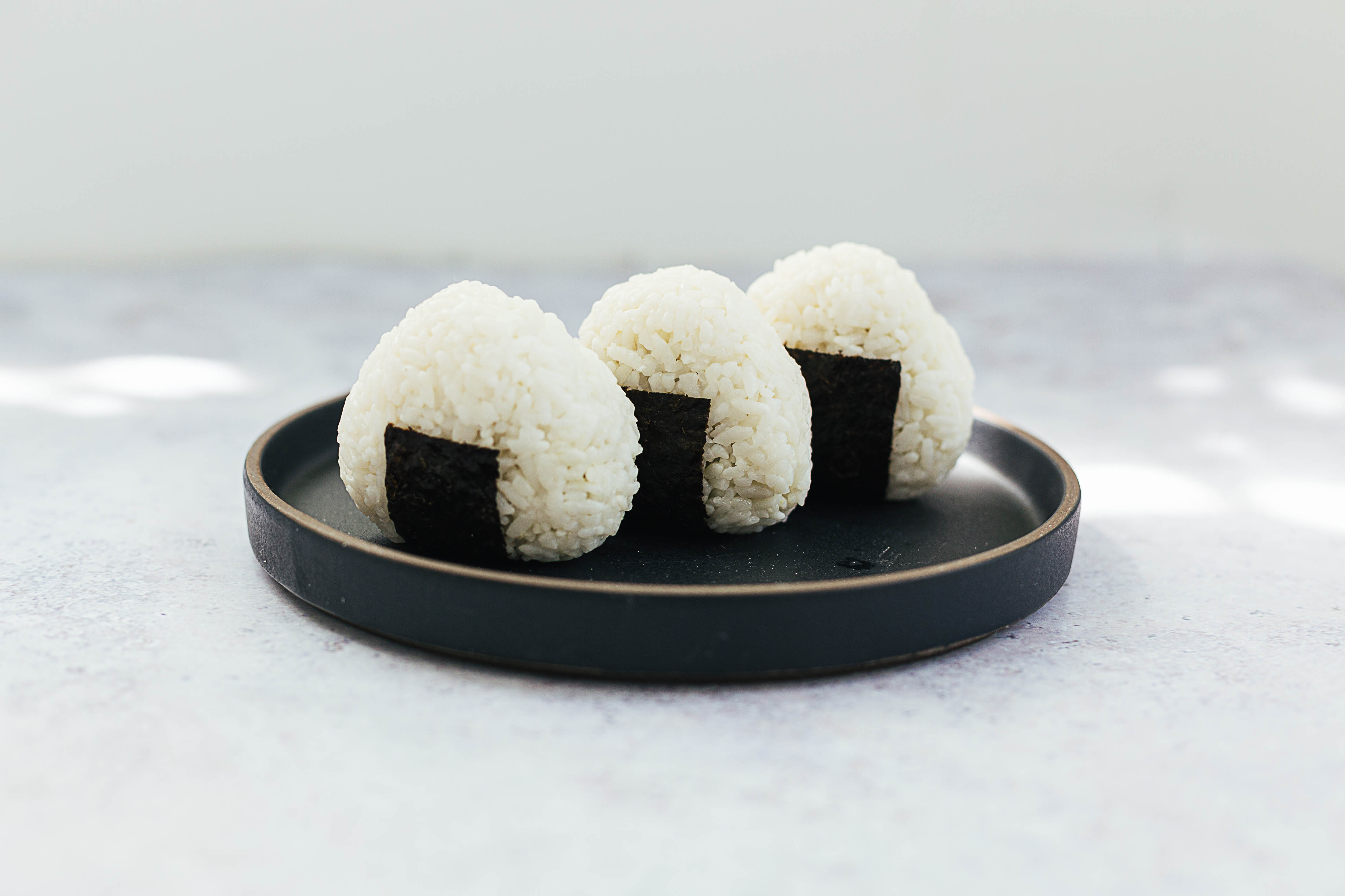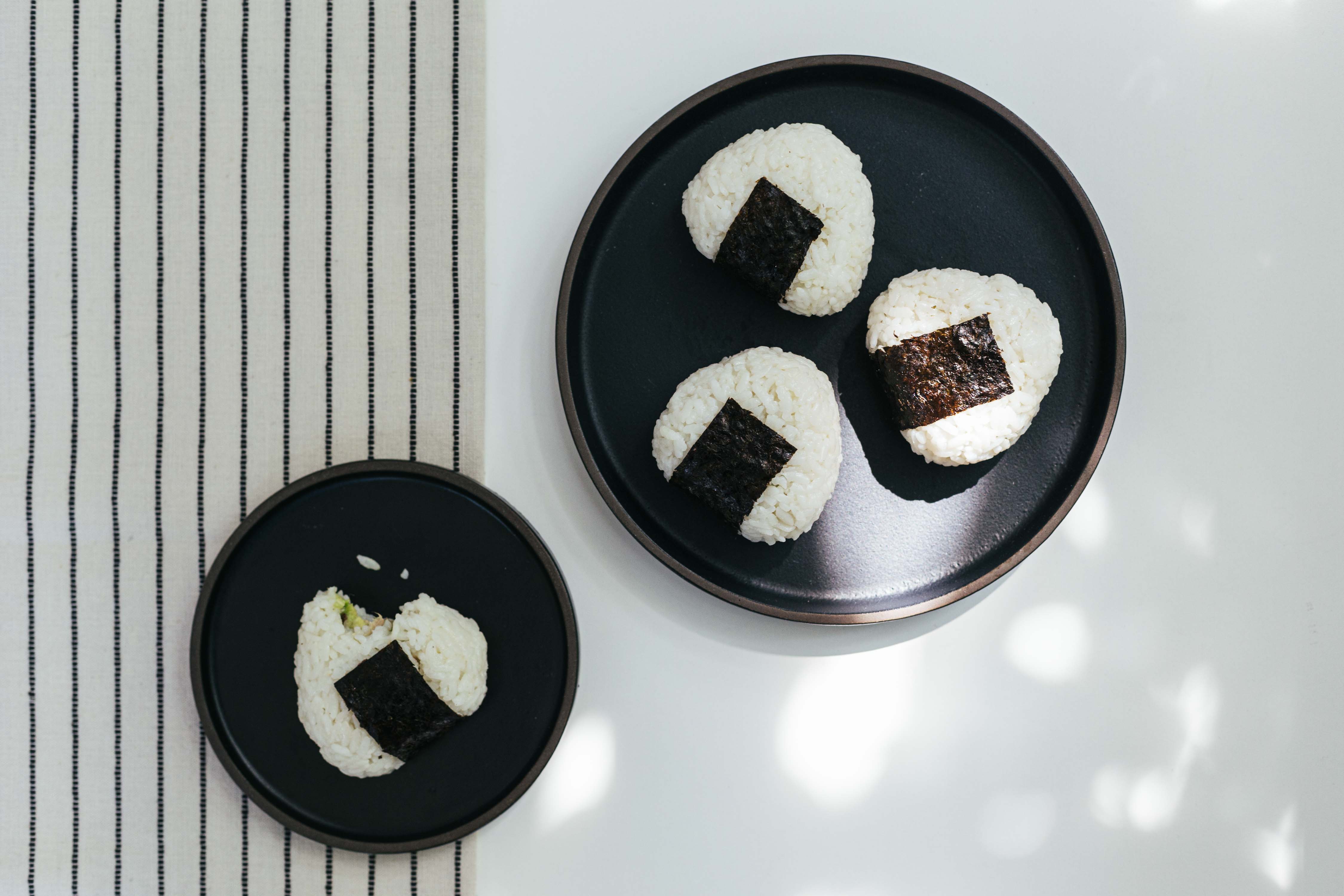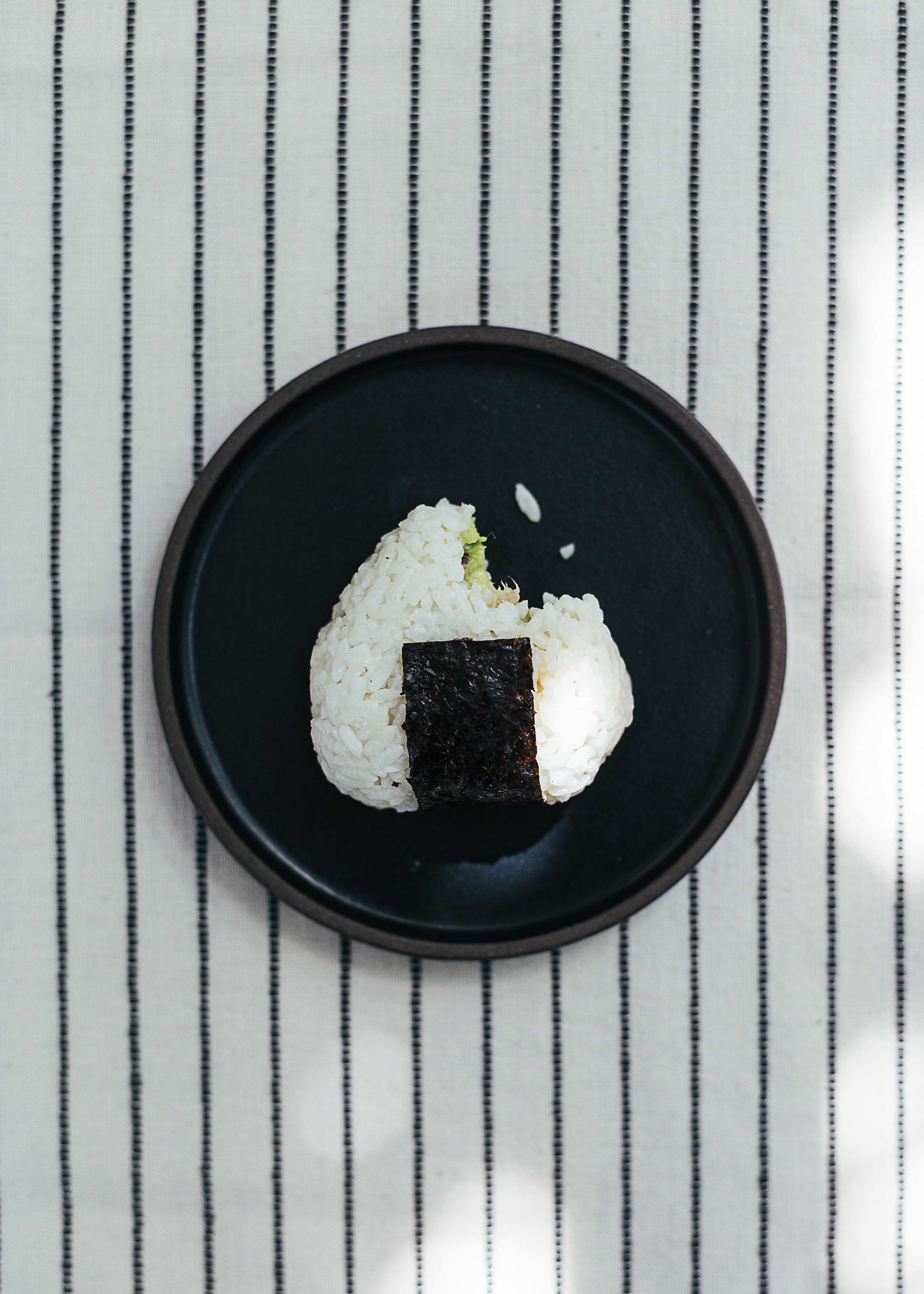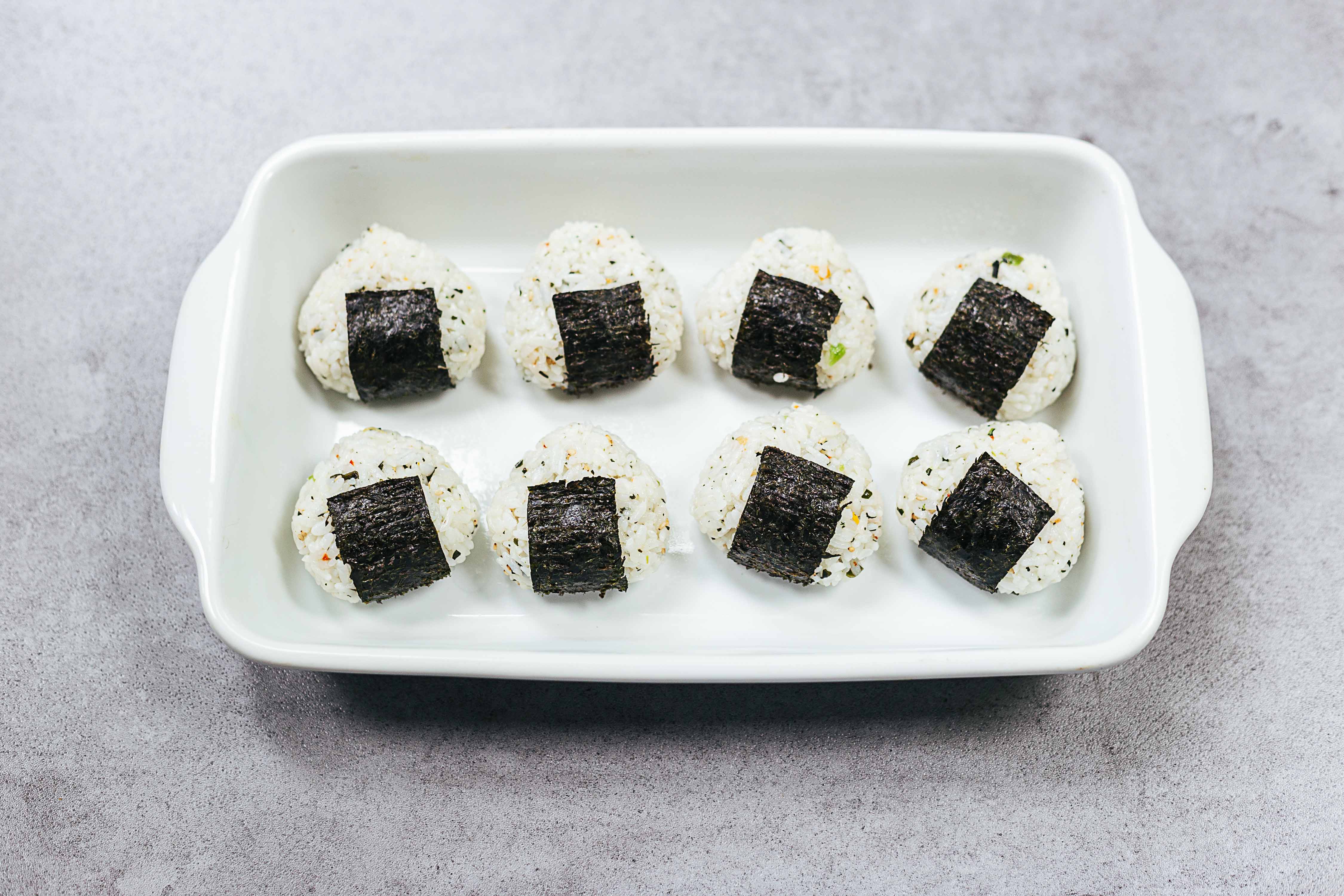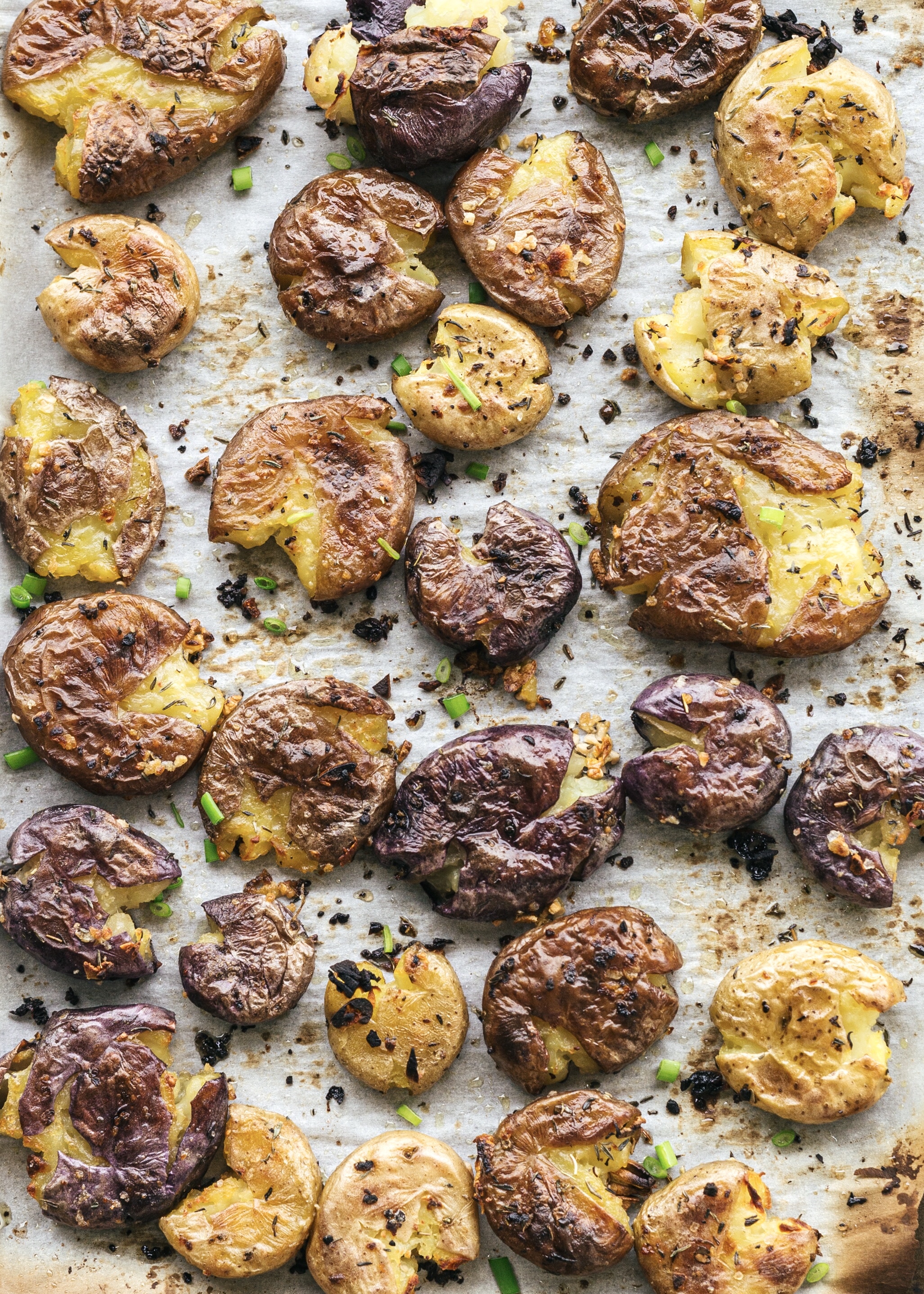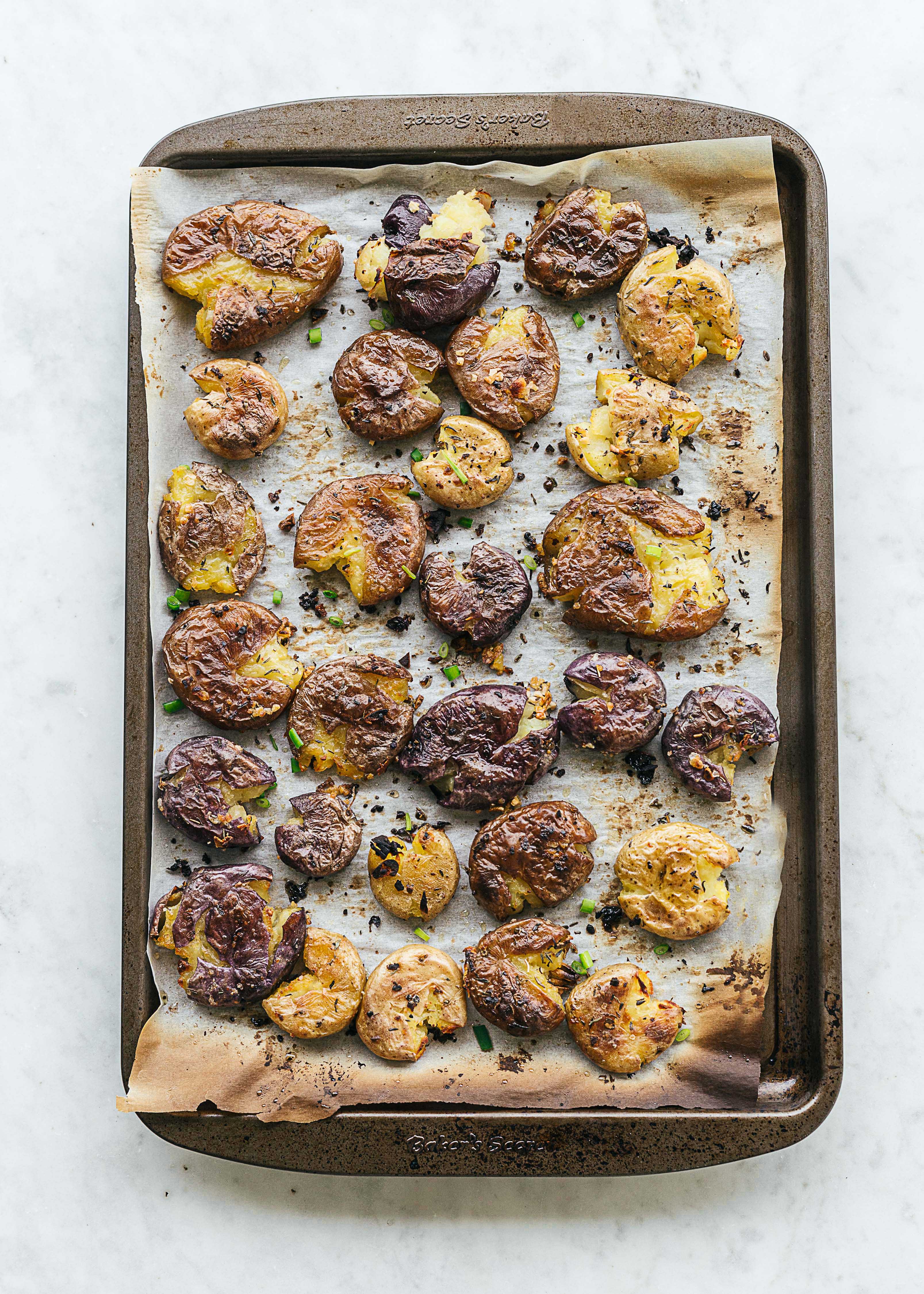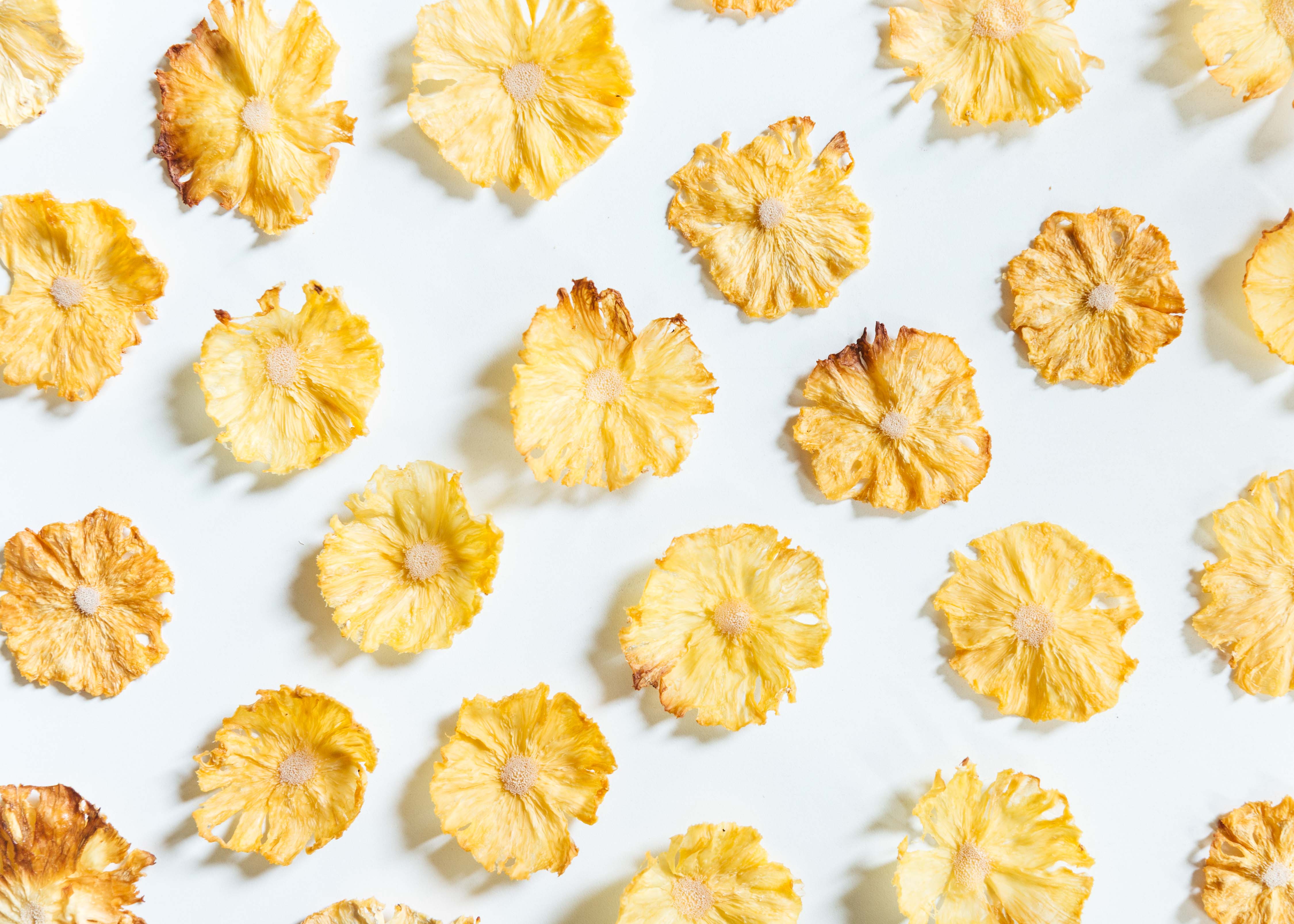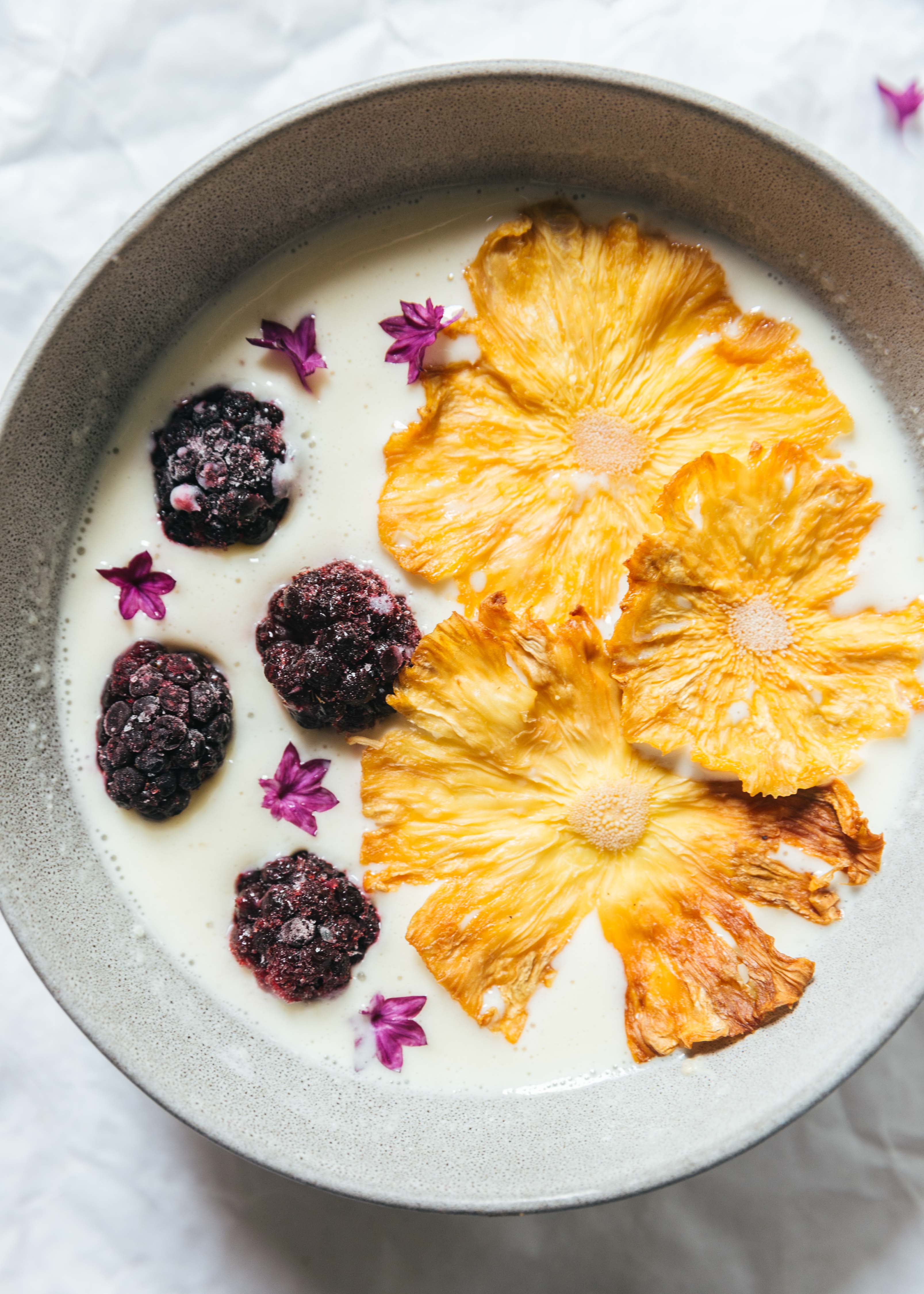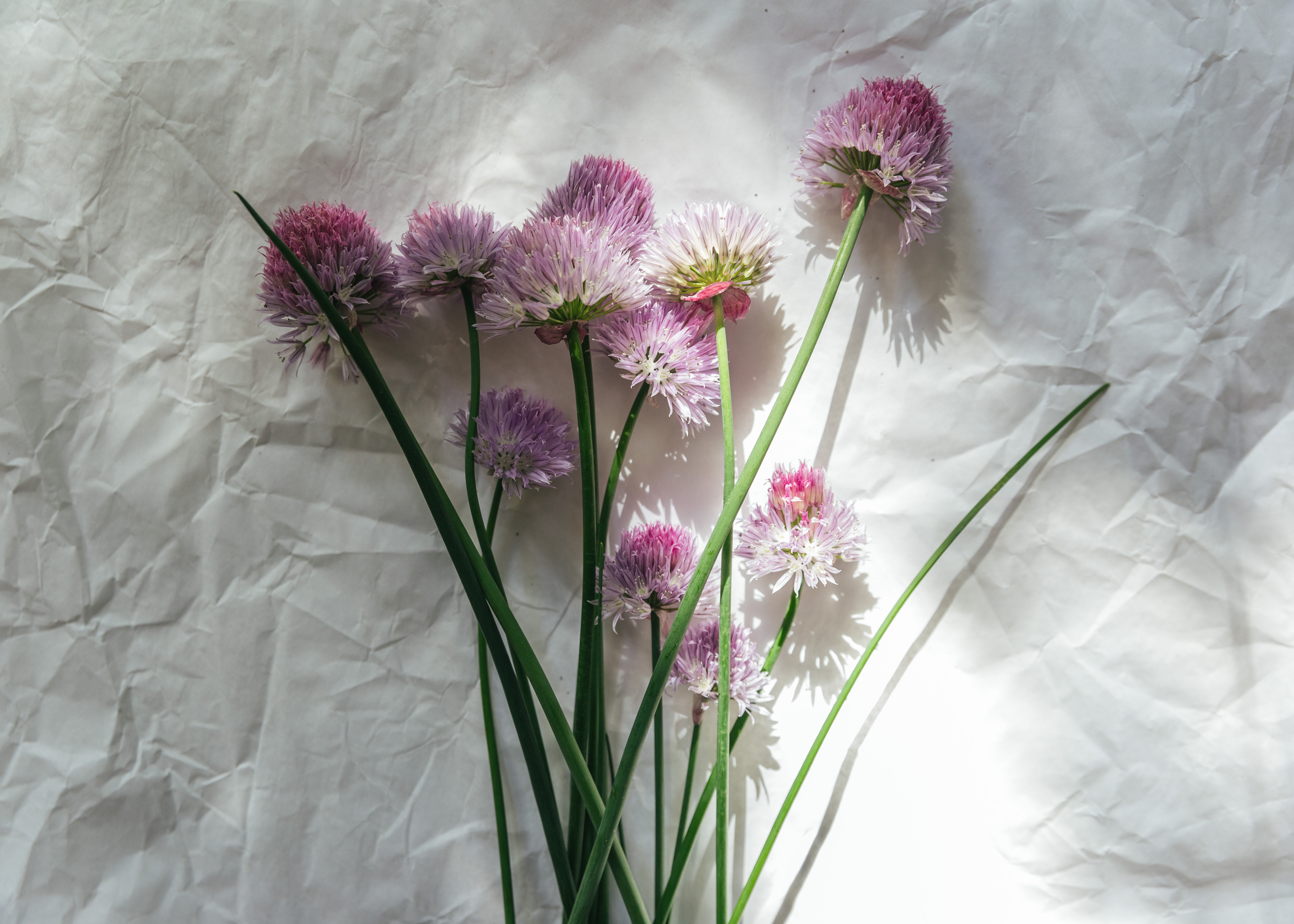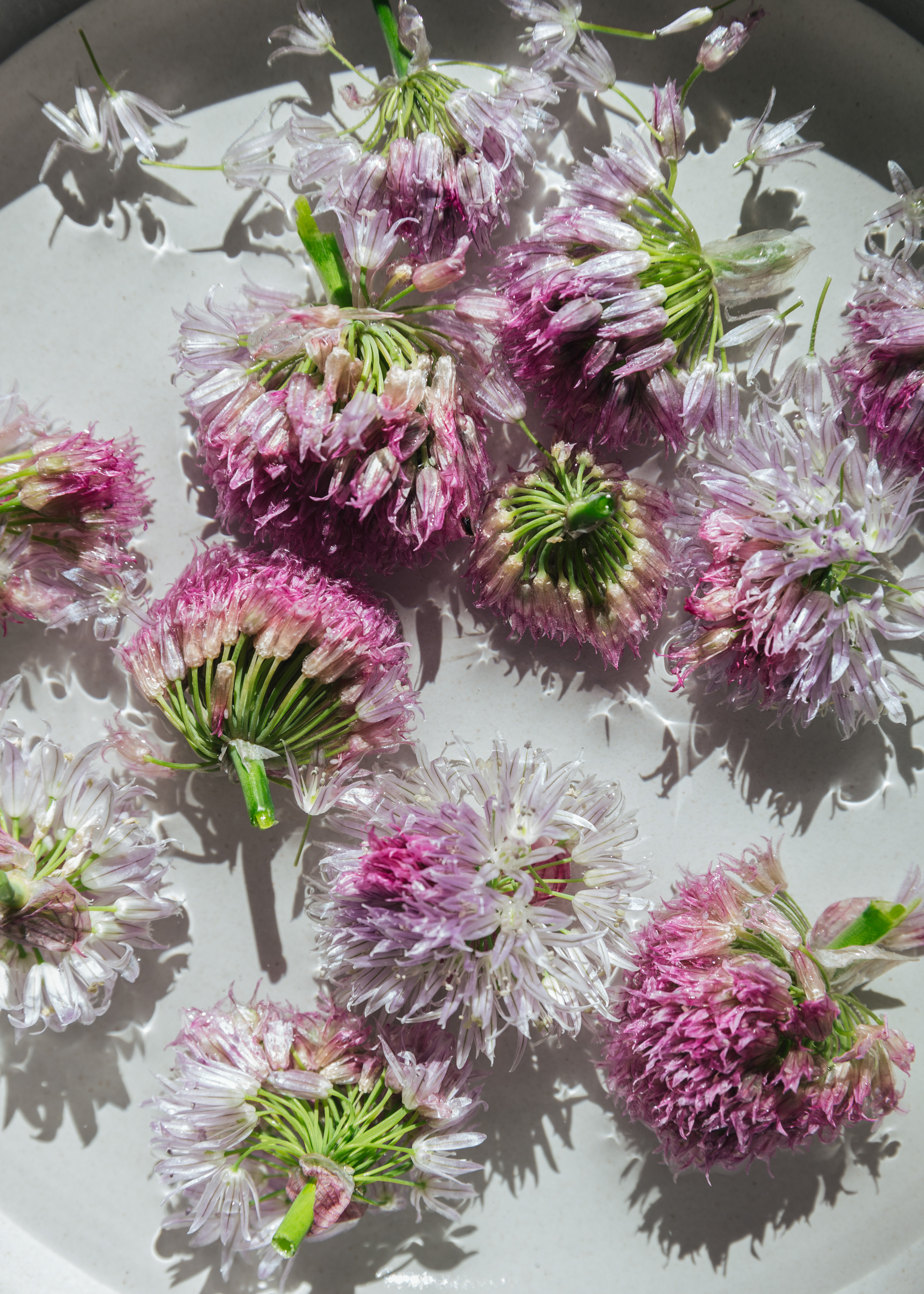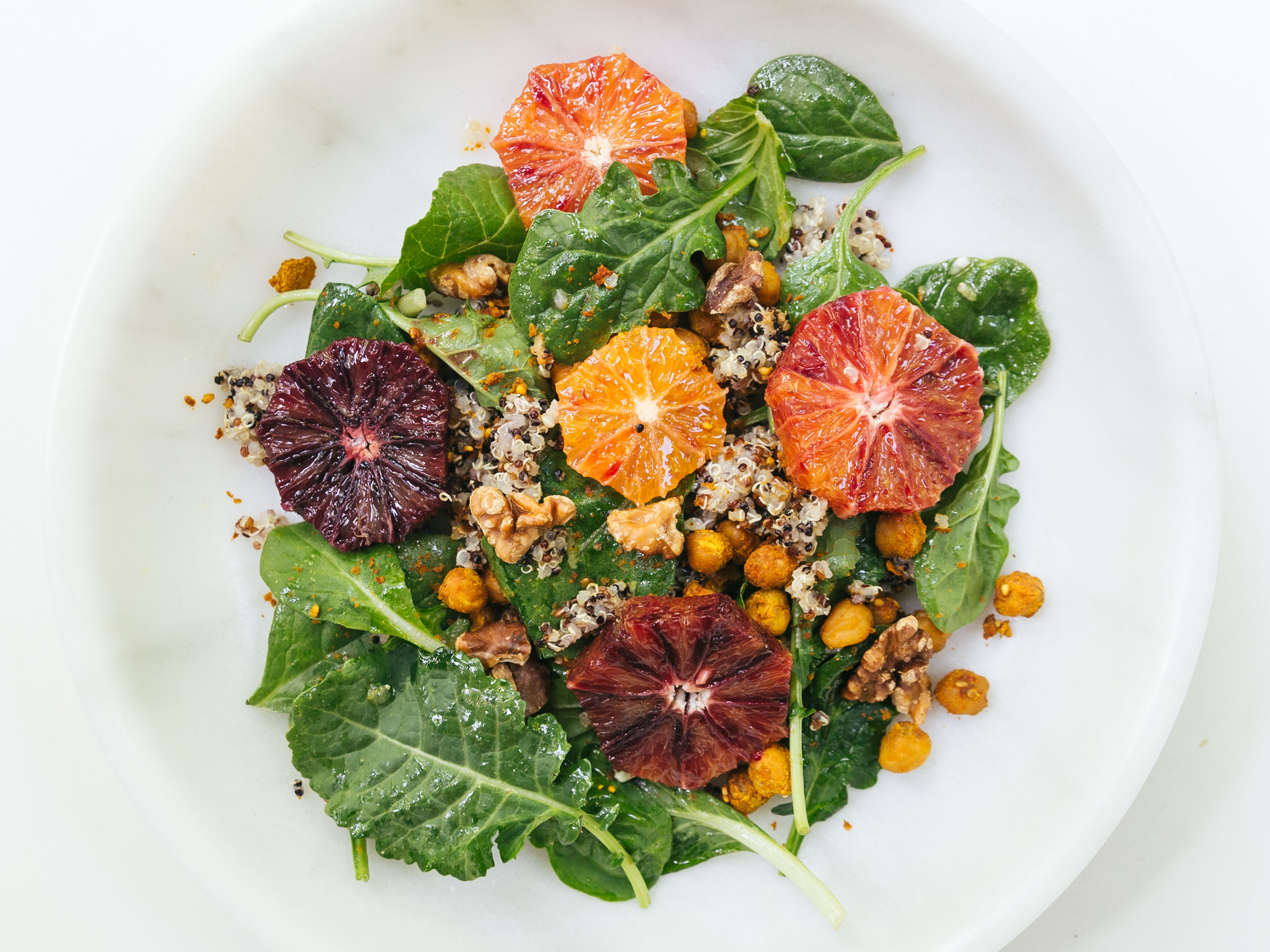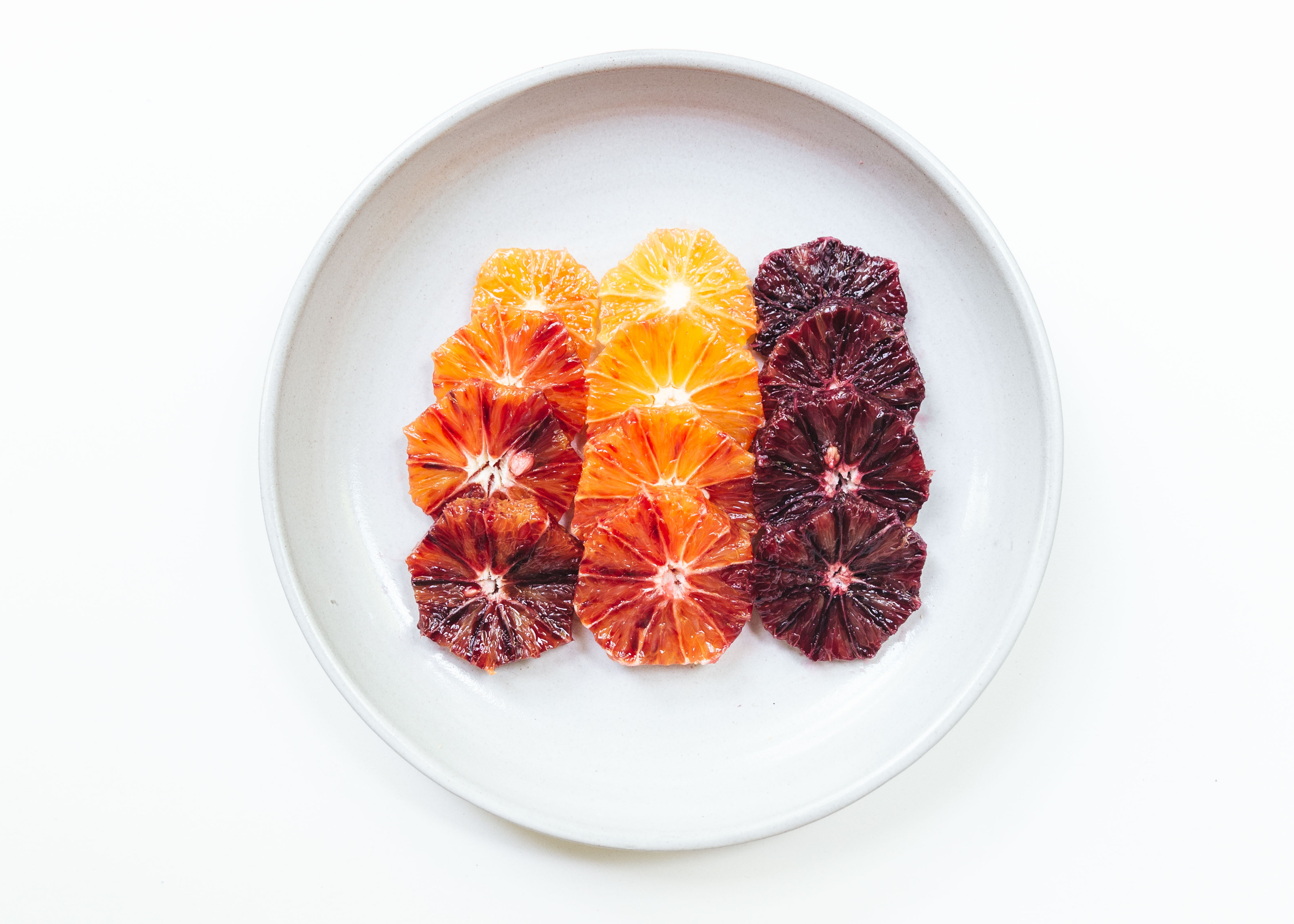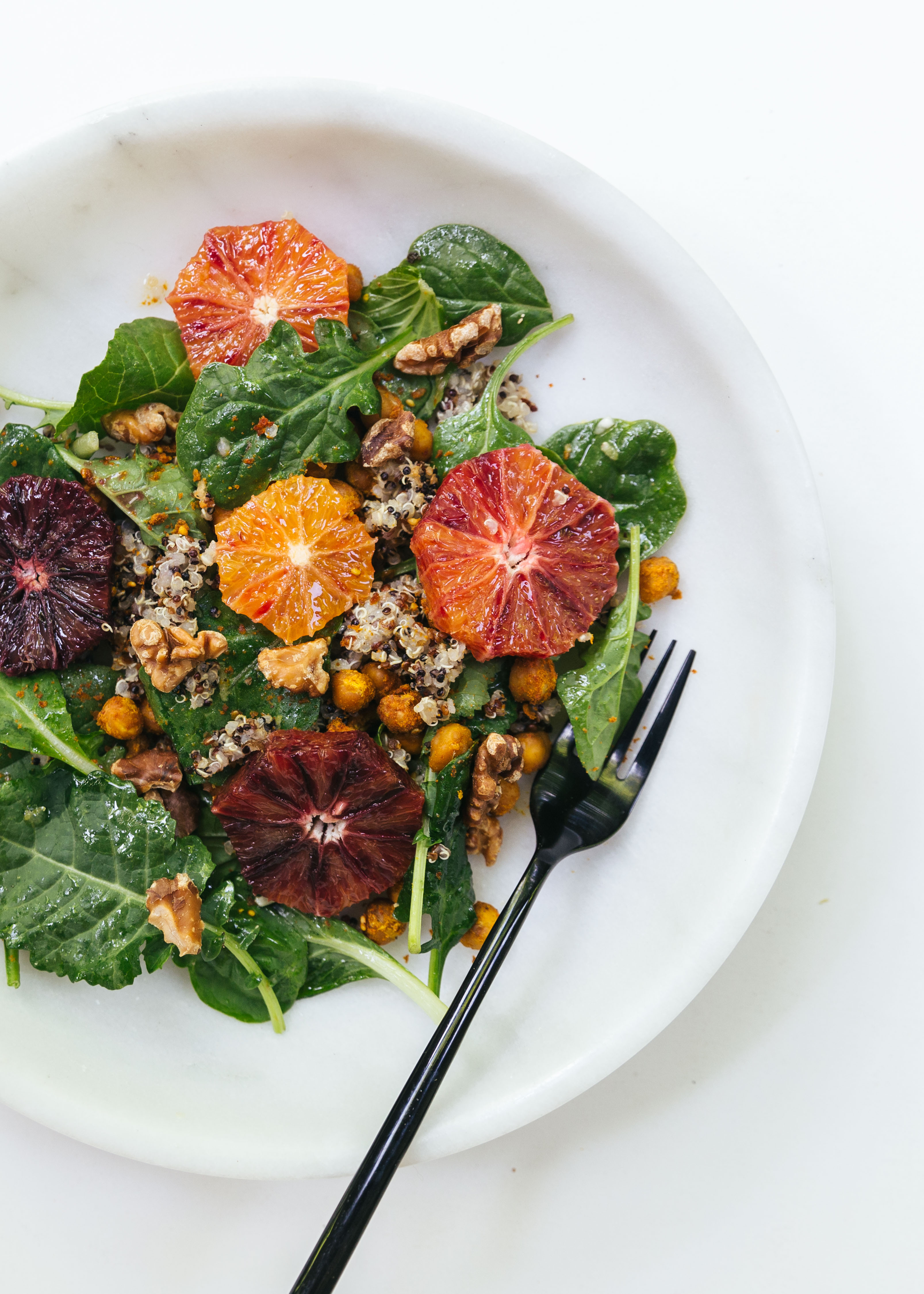A few of my proudest accomplishments this year include: landed a full-time job in photography, tried out and stayed on a sports team this spring (the last time I played in competitive sports was elementary school), signed a lease on an apartment (cannot wait to move in next month), committing to put down roots in this very transitional city of Vancouver, and the creation of these fabulous flourless chocolate brownies.
On days when I feel doubt about trading my creative freelance life for a nine to five — I make brownies and take them into the office. It is simply impossible to eat more than 3 pieces of these brownies and having coworkers to share them with is a very convenient situation. I promise you these will hit the spot when you need a chocolatey, decadent treat in hope that you can stop at three pieces.
You know you have created an excellent brownie when both of the recipe developers at work ask you for the recipe. I first had these at a ladies night and immediately asked my friend for the recipe. I am pretty sure the original creator is Nicole Spiridakis. Here is my version with reduced sugar, roasted nuts and sprinkled with maldon sea salt
Ps: I made the call and finally ordered a cooking scale off the internet. It really is worth it when you want to use up the many dark chocolate bars sitting in your cupboard and not worry about fitting them into measuring cups.


Flourless Chocolate Brownies With Sea Salt and Nuts
140g dark chocolate
155g (1/2 cup) unsalted butter
200g brown sugar
3 large eggs, lightly beaten
50g (1/2 cup) cocoa powder
1/4 tsp salt
1.5 tsp vanilla extract
1/3 cup almond or walnuts, chopped
Maldon sea salt for garnish (optional)
- Preheat oven to 350 F. Line a baking pan or sheet with parchment paper.
- In short 15-20 second intervals, melt chocolate and butter in the microwave and stir until smooth. Set aside too cool. Add brown sugar, eggs, cocoa powder, salt and vanilla. Mix well. Transfer batter to baking pan or sheet with a spatula. Top with walnuts.
- Bake for 20-30 minutes or until brownie is set and firm in the centre. Time will vary depending on container size. Let sit until cool before cutting into pieces. Top with a sprinkle of flaky sea salt.
These are very delicious eaten cool or slightly warmed. They also keep well in the fridge up to a week. If they last that long.

